Patient Engagement Strategies for an Enhanced Patient Experience
In the current healthcare landscape, patient engagement has become a vital element in enhancing the overall patient experience. As healthcare providers focus on delivering top-notch care and boosting patient satisfaction, the adoption of effective patient engagement strategies is essential. This article explores a variety of patient engagement tactics designed to create a superior patient experience, emphasizing the importance of enhancing communication, empowering patients, and leveraging technology to streamline processes and improve interactions.
Understanding the Crucial Role of Patient Engagement in Healthcare
Patient engagement encompasses the active involvement of patients in their healthcare journey. Patients who are engaged are significantly more likely to adhere to their treatment plans, achieve better health outcomes, and express higher levels of satisfaction with their healthcare providers. Here’s an in-depth look at why patient engagement is essential for enhancing the overall patient experience:
- Enhanced Communication: When patients are engaged in their healthcare, it fosters improved communication between them and their healthcare providers. This active involvement enables patients to participate in decision-making and access valuable information and resources, empowering them to make informed choices and engage in meaningful dialogues with their healthcare team.
- Effective communication leads to a deeper understanding of patients’ needs and preferences, allowing healthcare providers to tailor their care plans to suit individual requirements.
- Furthermore, clear and effective communication addresses patient concerns and uncertainties, cultivating trust and enhancing satisfaction.
- Increased Patient Satisfaction: Engaged patients report a greater sense of satisfaction with their healthcare experience. By incorporating patients into their care plans, healthcare providers can address unique needs, values, and preferences, resulting in heightened levels of satisfaction and trust.
- When patients have input in their treatment decisions, they are more likely to feel respected and valued by their healthcare providers.
- The relationship between patient satisfaction and the overall patient experience is strong, and active patient involvement can create a positive, patient-centered healthcare environment.
- Improved Health Outcomes: Patients who actively engage in their healthcare are more likely to adhere to treatment plans, follow medication schedules, and adopt healthy lifestyle choices. This level of involvement not only leads to better health outcomes but also contributes to reduced healthcare costs and enhanced overall well-being.
- Patients who take an active role in their care are more likely to follow prescribed medication regimens, resulting in better management of chronic conditions and improved health outcomes.
- Furthermore, active participation helps facilitate the early detection and prevention of potential health issues, enabling timely interventions and better long-term health results.
Implementing Effective Patient Engagement Strategies for a Superior Experience

To cultivate a better patient experience, healthcare providers must adopt a variety of patient engagement strategies. Below, we explore some actionable and effective strategies:
1. Optimizing Communication Channels for Better Engagement
Establishing clear and effective communication channels is essential for engaging patients and encouraging their active participation in their care. Here are several strategies to improve communication:
-
Promoting Open and Transparent Communication: Healthcare providers should embrace a patient-centered approach that involves active listening and addressing patient concerns. Sharing information openly about diagnoses, treatment options, and prognoses empowers patients and makes them feel involved in their care.
-
Encouraging patients to ask questions and providing them with accurate, understandable information builds trust and fosters a sense of partnership.
-
Clear communication also aids in managing patient expectations, ensuring they have realistic goals and a thorough understanding of their treatment plans.
-
Utilizing Digital Communication Platforms: Implementing digital tools such as patient portals, secure messaging applications, and telemedicine platforms enhances the convenience and timeliness of communication between patients and healthcare providers. This allows patients to access their medical records, test results, and seek advice without the need for in-person visits.
-
Patient portals enable individuals to securely access their health information, review test results, and communicate with their healthcare providers at their convenience.
-
Secure messaging apps streamline communication for non-urgent inquiries, reducing the necessity for calls or office visits.
-
Offering Multilingual Support: Providing multilingual support through interpreters or translated materials ensures effective communication with diverse patient populations, bridging language barriers and facilitating comprehensive care delivery.
-
Language barriers can significantly impede effective communication and comprehension of medical information. Providing interpreter services or translated materials ensures that all patients receive equitable and high-quality care.
-
Additionally, multilingual support fosters inclusivity and cultural sensitivity, enhancing the patient experience for diverse populations.
2. Empowering Patients through Comprehensive Education Initiatives
Equipping patients with the necessary knowledge and resources empowers them to take an active role in their healthcare decisions. Here’s how healthcare providers can promote effective patient education:
-
Creating Informative Educational Materials: Developing comprehensive, easy-to-understand educational resources such as brochures, pamphlets, and online content helps patients gain insight into their conditions, treatment options, and self-care practices.
-
These educational materials should be tailored to the specific needs and literacy levels of the patient population, ensuring that information is accessible and easily digestible.
-
Incorporating visual aids, infographics, and videos can enhance patient engagement and facilitate comprehension of complex medical topics.
-
Encouraging Shared Decision-Making: Promoting shared decision-making between patients and healthcare providers empowers patients to actively engage in treatment choices. Healthcare providers can present various treatment options, explain associated risks and benefits, and assist patients in making informed decisions that align with their values and goals.
-
Shared decision-making respects patient autonomy and preferences, allowing individuals to actively participate in their care plans.
-
Patients engaged in treatment decisions are more likely to comply with their treatment plans, leading to improved health outcomes.
-
Implementing Health Literacy Programs: Establishing health literacy programs equips patients with the skills necessary to understand medical information, navigate healthcare systems, and effectively communicate with their healthcare providers. These programs can include workshops, seminars, and online courses.
-
Health literacy programs aim to enhance patients’ abilities to obtain, comprehend, and utilize health information for informed decision-making.
-
These initiatives should focus on developing essential health literacy skills, including reading, numeracy, and critical thinking, empowering patients to navigate the complexities of the healthcare landscape.
3. Leveraging Innovative Technology to Boost Patient Engagement

Technology plays a crucial role in enhancing patient engagement. By utilizing digital solutions, healthcare providers can streamline processes, enhance access to care, and empower patients. Here are several strategies to effectively leverage technology:
-
Implementing Patient Portals: Patient portals offer secure online access to medical records, appointment scheduling, test results, and medication refills. By enabling patients to actively engage with their health information, patient portals promote transparency and facilitate communication with healthcare providers.
-
These portals allow patients to view essential health information, including diagnoses, medications, and allergies, empowering them to take an active role in their care.
-
Secure messaging features within patient portals enable patients to communicate with their healthcare providers, ask questions, and seek clarifications without requiring face-to-face appointments.
-
Utilizing Telemedicine Services: Telemedicine facilitates remote consultations, making healthcare more accessible and convenient for patients. Through virtual visits, patients can connect with their healthcare providers, receive follow-up care, and seek medical advice without needing to visit a healthcare facility physically.
-
Telemedicine reduces barriers to access, particularly for patients in remote areas or those with mobility limitations.
-
Virtual consultations save time and effort for both patients and providers, enhancing convenience and improving the overall patient experience.
-
Developing Mobile Applications: Creating user-friendly mobile applications that provide medication reminders, health tracking, and self-care tips can significantly enhance patient engagement and promote healthy behaviors.
-
Mobile applications offer patients personalized tools and resources to actively manage their health and wellness.
-
Features such as medication reminders, symptom trackers, and health goal trackers empower patients to take charge of their health and remain engaged in their care.
Embracing Patient Engagement for a Superior Healthcare Experience
Incorporating effective patient engagement strategies is essential for cultivating a better patient experience. By optimizing communication channels, empowering patients through education, and leveraging technology, healthcare providers can promote active patient participation, improve health outcomes, and boost overall patient satisfaction. Implementing these patient engagement strategies enables healthcare organizations to adopt a patient-centered approach and build strong, collaborative relationships with their patients.
(Note: This rewritten article is provided in markdown format.)
Frequently Asked Questions about Patient Engagement
Q1: What is the significance of patient engagement in healthcare?
A1: Patient engagement is crucial in healthcare as it fosters improved communication between healthcare providers and patients, enhances patient satisfaction, and leads to better health outcomes.
Q2: In what ways does patient engagement enhance communication?
A2: Patient engagement enhances communication by enabling patients to participate actively in decision-making, access vital information and resources, and engage in meaningful conversations with their healthcare teams.
Q3: What are some effective strategies for patient engagement?
A3: Effective patient engagement strategies include optimizing communication channels, empowering patients through education, and leveraging technology such as patient portals, telemedicine, and mobile applications.
Q4: How does technology play a role in patient engagement?
A4: Technology contributes to patient engagement by streamlining processes, enhancing access to care, and empowering patients through features like patient portals, telemedicine for remote consultations, and mobile applications for medication reminders and health tracking.
Originally posted 2023-02-04 10:24:58.


